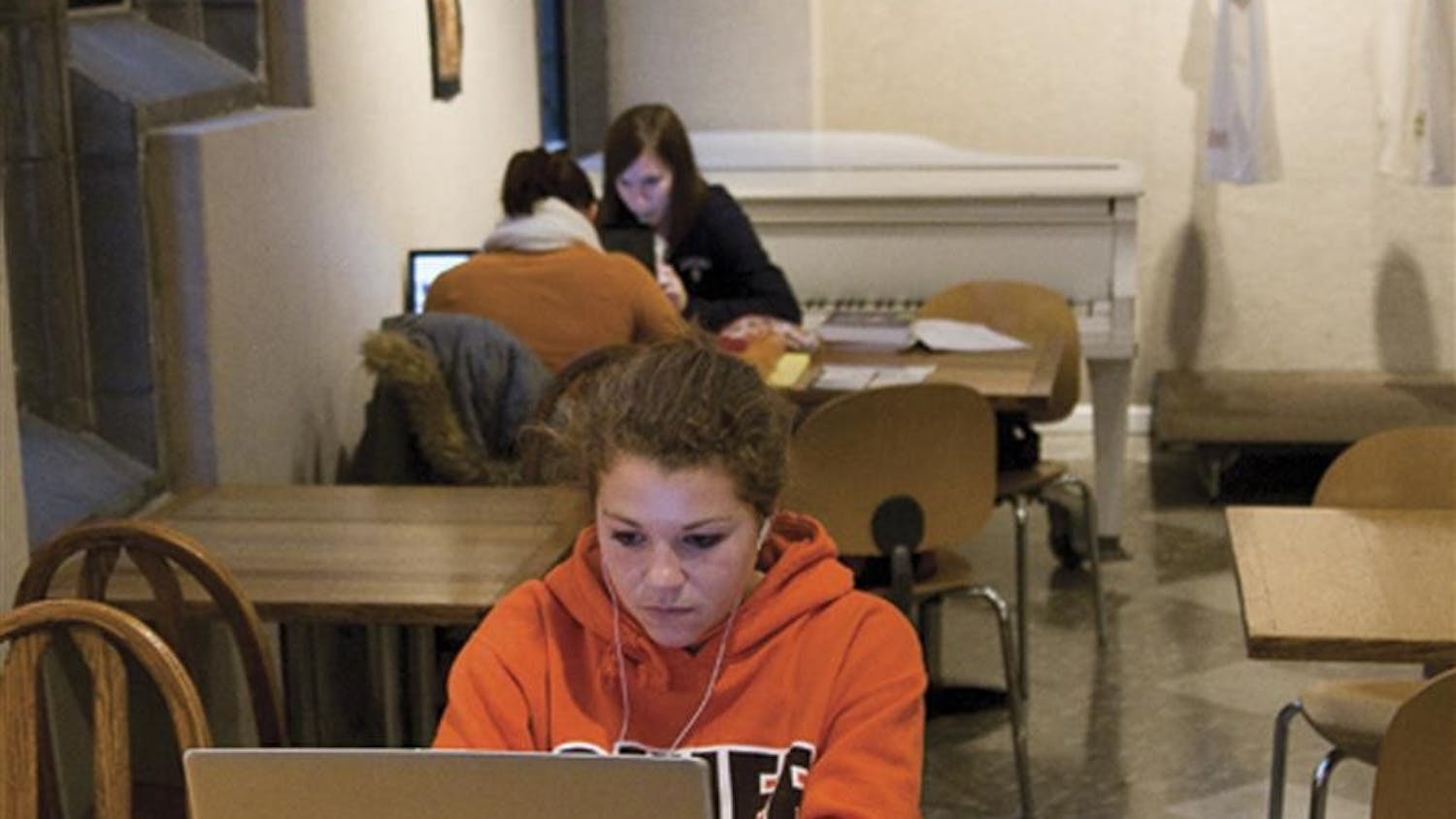Listening, listening and more listening.
During day one of orientation, incoming freshmen hear from Residential Program Services, the Office of the Bursar and University Division, to name a few.
But day two is where it gets tricky.
Students have a one-hour advising appointment and then are responsible for creating a schedule from the list of classes complied during this meeting.
It’s up to the students to make their schedule a successful one, but University Division advisers are there to help.
“It’s a ‘step up’ moment,” Joyce Miller, an assistant director of advising for UD, said. “We want to see kids get off to a good start.”
Miller shared several ways students can schedule for their classes with ease.
Prepare for advising appointments
Miller said it’s very helpful if students have an idea about what they are interested in and what they want to study.
“This needs to be a two-way conversation,” she said.
Take the placement tests and the results seriously
The tests are created by departments at IU and are good indicators about how well a student will do in a class, Miller said.
Waitlisting a class is an option
Miller said students should keep this in mind but warns that this doesn’t guarantee a spot in the class.
“When you waitlist, you have to have an alternative plan in mind and in place,” she said.
Don’t skim the reading during orientation
It’s important for students to read the screens carefully because of the tiny differences between course numbers, Miller said.
“You have to be careful you’re in the right course, not just the right department.”
Be flexible when scheduling
Miller said students need to realize they are taking classes full-time and their schedule might not turn out exactly how they wanted it.
Schedules aren’t set in stone
Students can make changes to their schedule if something isn’t working or interesting to them. Miller said she doesn’t encourage it, but it’s an option if necessary.
Walk your schedule
Make sure there are no surprises your first week by walking through your schedule before classes start, Miller said. This way, students will realize if 15 minutes is enough time in between classes or not.
“Work that out before classes begin, so you know what you need to do.”
Tricks of the Trade
Tips on how to have the best class schedule...ever
Get stories like this in your inbox
Subscribe




